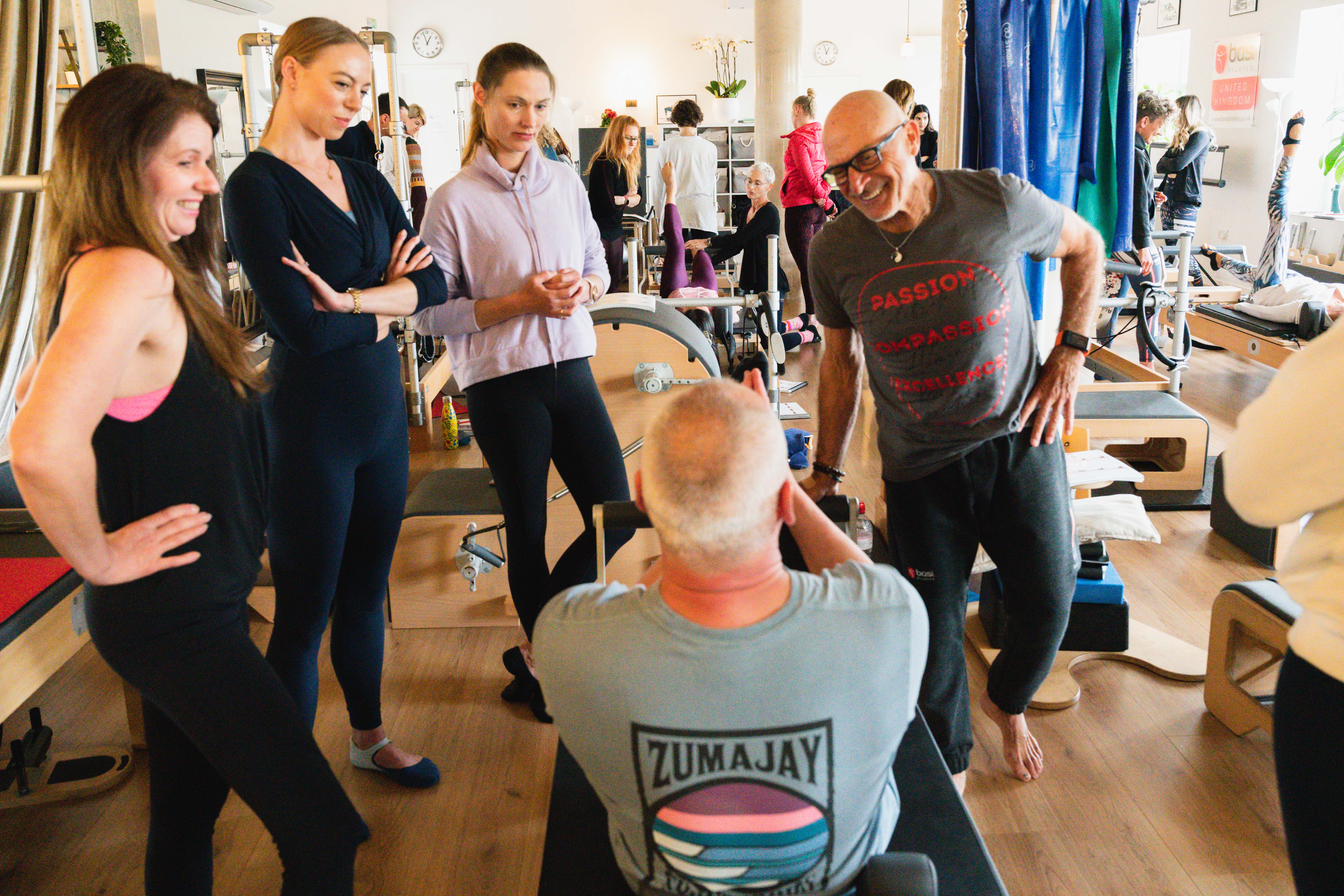You Started Pilates, Then Stopped. Here’s Why You Should Come Back Now
The slow press of the carriage, the quiet pull of the springs, the unfamiliar engagement of muscles you didn’t know you had. For a few weeks, maybe months, you kept at it. Then life crept in—work deadlines, school runs, a creeping sense that you’d “catch up” later.
You remember the first time you stepped onto a reformer.
The slow press of the carriage, the quiet pull of the springs, the unfamiliar engagement of muscles you didn’t know you had. For a few weeks, maybe months, you kept at it. Then life crept in—work deadlines, school runs, a creeping sense that you’d “catch up” later.
The truth is, most people who start Pilates never intend to stop. They just drift. And in that drift, the aches return, the posture collapses, and the energy dips. But here’s the good news: coming back is easier than you think, and the benefits—especially for bodies over 30—are far too important to leave behind.
Why Returning Now Matters
We’ve learned a lot about the way the body responds to movement in the past decade, and the verdict is clear: consistency trumps intensity. A 2024 systematic review in ScienceDirect found that regular Pilates practice improves posture, reduces musculoskeletal pain, and enhances balance—particularly in adults over 40. These aren’t vanity metrics; they’re the physical underpinnings of an active, pain-free life.
The NHS lists lower back pain as one of the most common causes of disability in the UK. Pilates directly addresses the muscular imbalances that contribute to it—something you don’t get from a half-hearted gym circuit or a quick HIIT class. And unlike high-impact workouts, Pilates builds without breaking down.
It’s Not Starting Over—It’s Picking Up Where You Left Off
One of the quiet advantages of Pilates is muscle memory. If you’ve been through even a few months of classes, your body retains the neuromuscular pathways you built. This means that when you return, you’ll often regain strength, stability and control faster than you expect. The work you did before wasn’t wasted—it’s still in you.
At The Pilates Clinic in Wimbledon, we see it all the time. Clients who’ve been away for six months or even a year walk back in with hesitation, and within a handful of sessions, they’re moving better than they imagined possible. The springs, the breath, the concentration—it all comes flooding back.
Why People Stop—and How to Avoid It This Time
People fall away from Pilates for the same reasons they drift from any good habit: life demands, scheduling issues, the perception that missing a class means you’ve “failed” and might as well stop altogether. The trick isn’t to promise yourself a perfect record. It’s to make your return realistic:
- Start with one class a week, not three.
- Book sessions at the same time each week to make them non-negotiable.
- Choose an instructor you connect with—one who understands your body and your goals.
And remember: your “ideal” routine is the one you actually keep.
The Payoff of Coming Back
It’s not just about flexibility or a stronger core—though you’ll get both. It’s about moving through life with more ease: bending to tie your shoes without wincing, carrying shopping without strain, sleeping better because your body isn’t fighting itself through the night.
For Wimbledon locals, Raynes Park commuters, and Southfields or New Malden residents, The Pilates Clinic isn’t just a studio. It’s a place to reset—to return to yourself in the space of an hour. The sooner you start again, the sooner you stop telling yourself you “used to” do Pilates and start living as someone who does.

Choosing a Pilates studio in London has become strangely difficult. Every corner now promises “dynamic”, “sculpting”, “full-body” something, yet very few places explain what they actually teach or how they keep clients safe. This piece was written to cut through that noise. It looks at the real markers of a good Pilates studio. the sort of details you only notice once you’ve spent years inside education-led spaces and watched clients progress, plateau or give up entirely. If you’ve ever wondered how to judge a Reformer class, a teacher’s training, or whether “all levels” really means all levels, this guide will help you navigate it with a clearer head.

There’s a moment — somewhere around our 40s — when we start noticing the small things. The shoulder that twinges when you reach for the top shelf. The stiffness that greets you before your first coffee. The way sitting too long seems to leave a mark. None of these signals mean decline; they’re simply reminders that movement needs attention, not intensity. And that’s where Pilates quietly works its magic.

There's a peculiar mindset that grips many of us when it comes to exercise: if you can't do it properly—a full hour, perfectly executed, with complete focus—why bother at all? This all-or-nothing thinking keeps studios empty and bodies stuck in patterns of inactivity, particularly among busy professionals commuting through Wimbledon Station or working from home in Raynes Park.



















